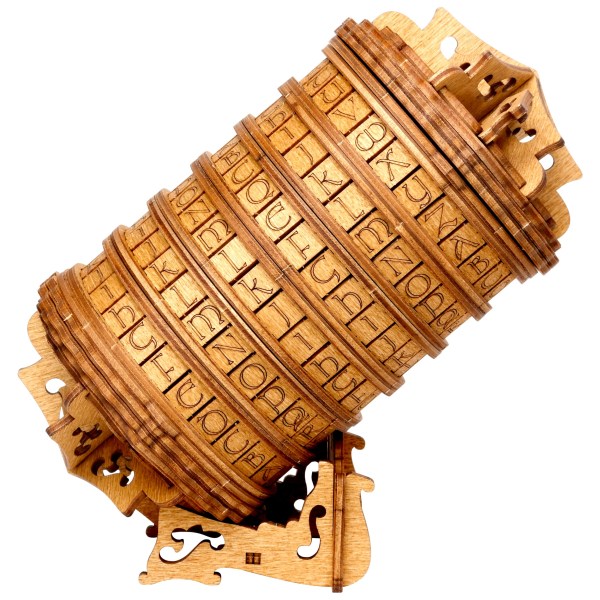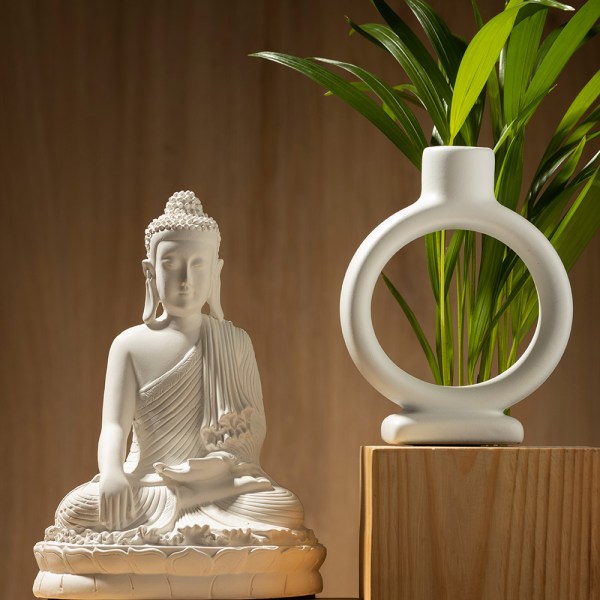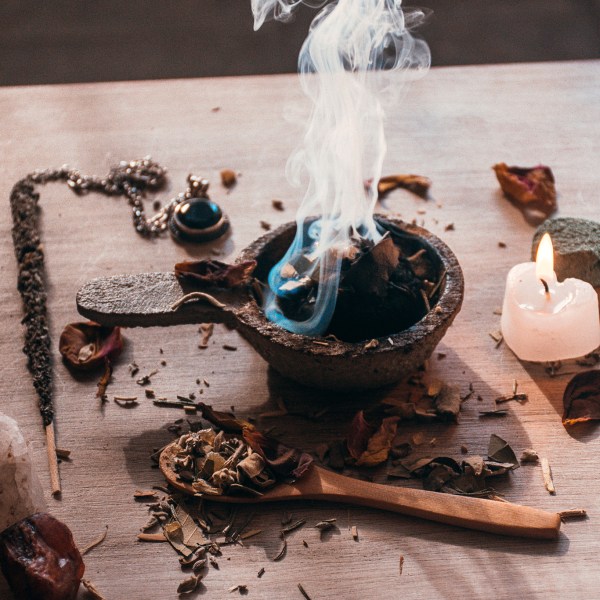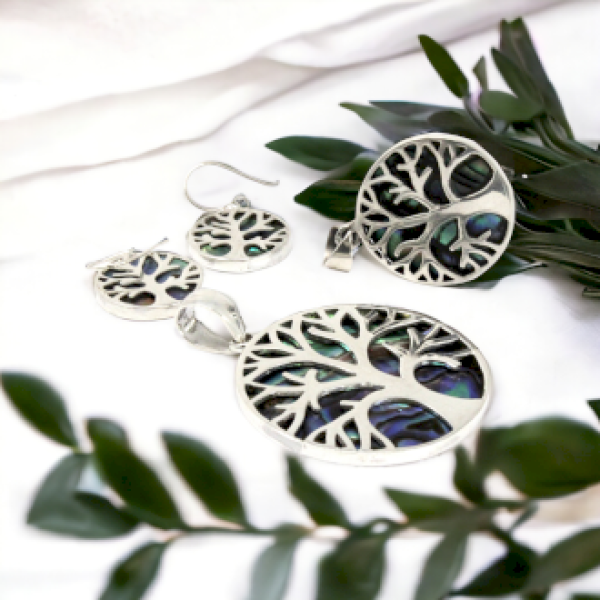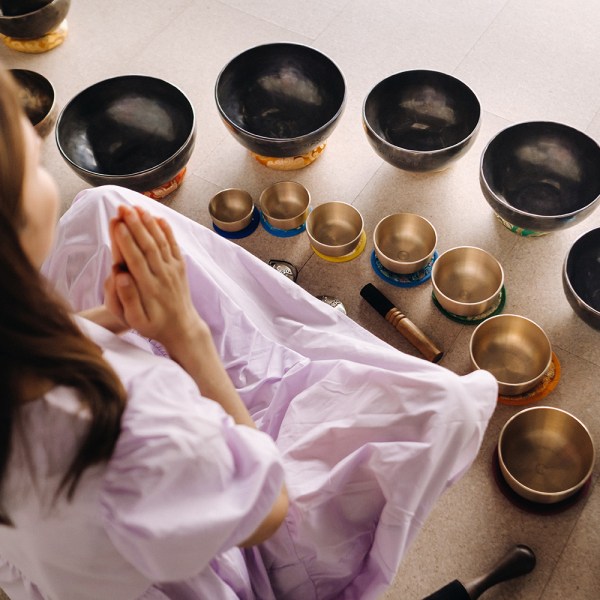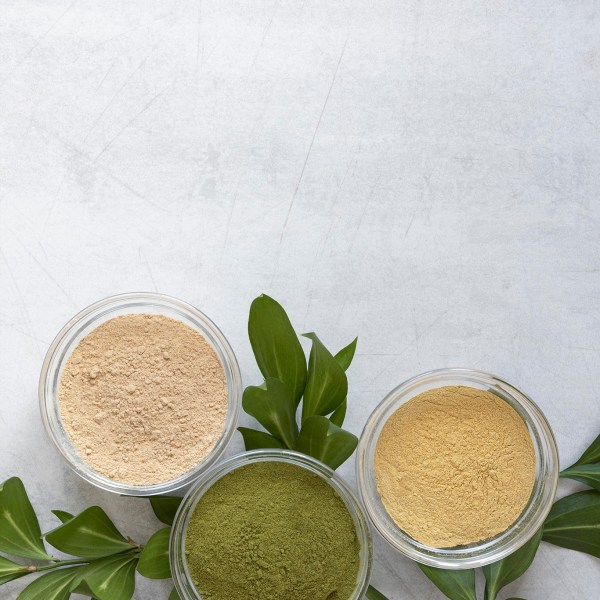Latin name: Cinnamomum Zeylanicum
Part of the plant used: leaves and twigs
Place of origin: Sri Lanka
Extraction method: steam distillation
Cinnamon essential oil is extracted by steam distillation from the tree Cinnamomum zeylanicum, also known as Ceylon cinnamon or true cinnamon. Two types of essential oil are extracted from it: one is made from the leaves, it is a weaker yellow to light brown colour and is used in aromatherapy. The other is derived from the bark, this oil is darker brown and is not highly recommended for use in aromatherapy.
Cinnamon oil has a calming effect and strong antiseptic properties. When used in vaporizers, it relieves colds and bronchitis, as well as symptoms of depression. When added to bath water or mixed in massage oil, it is used to treat bronchitis, diarrhoea, chills, infections, flu, rheumatism and arthritis. Relieves nausea and vomiting. It stimulates the glandular system and therefore relieves menstrual pains. The use of cinnamon essential oil is not recommended during pregnancy.
Cinnamon is indigenous to the Indian subcontinent and has been an important trading factor between India, China and Egypt for centuries. The origin of cinnamon has long been a mystery to the Western world. According to Herodotus and other authors, it originated in Arabia. Legend has it that giant cinnamon birds made nests of cinnamon twigs, which they gathered in a mysterious place where cinnamon trees grew. The Arabs deceived the birds and tricked the birds into giving them the cinnamon.
More informations and price history

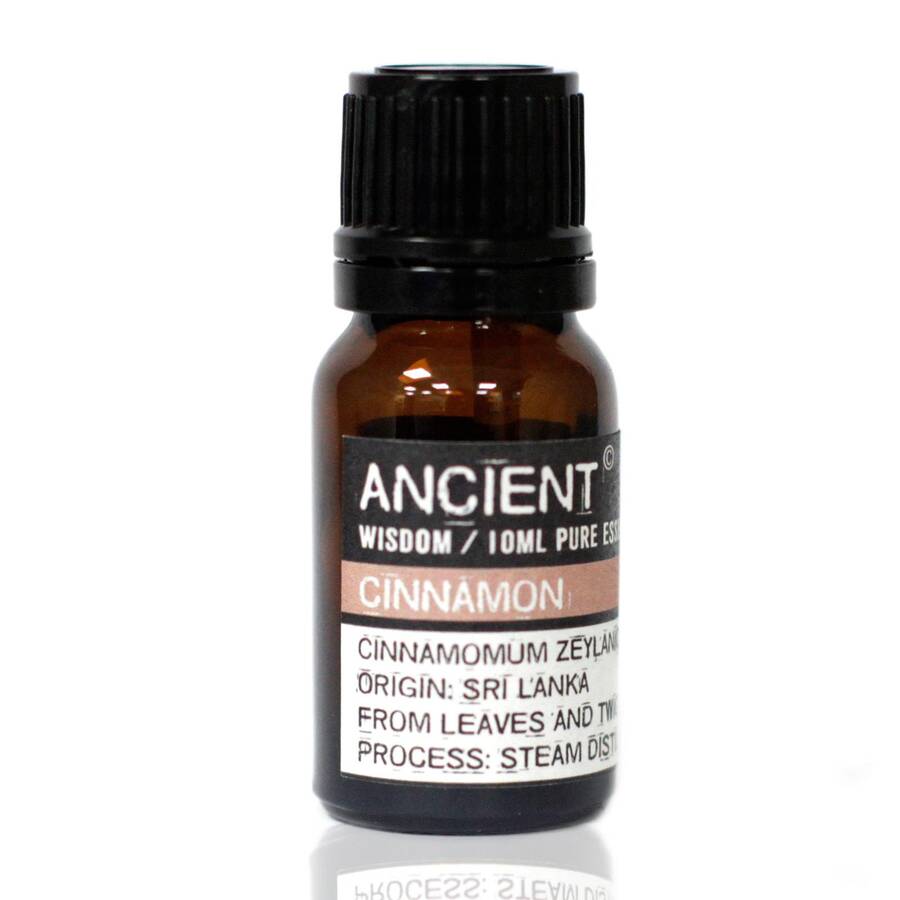
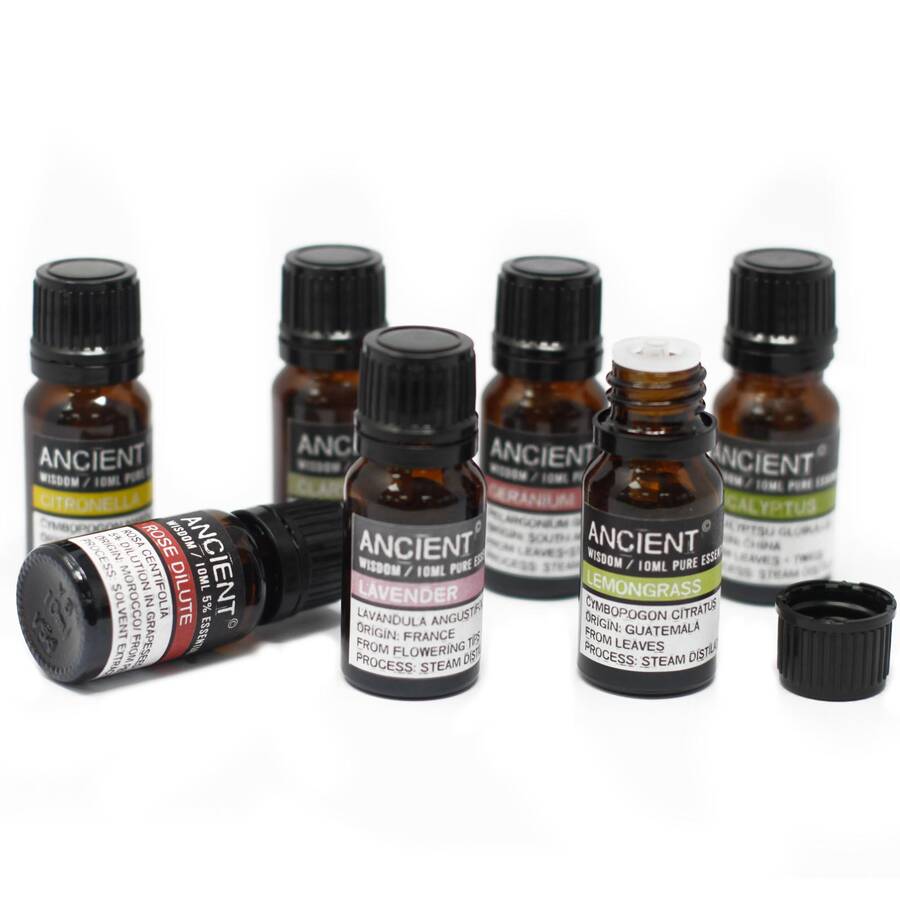
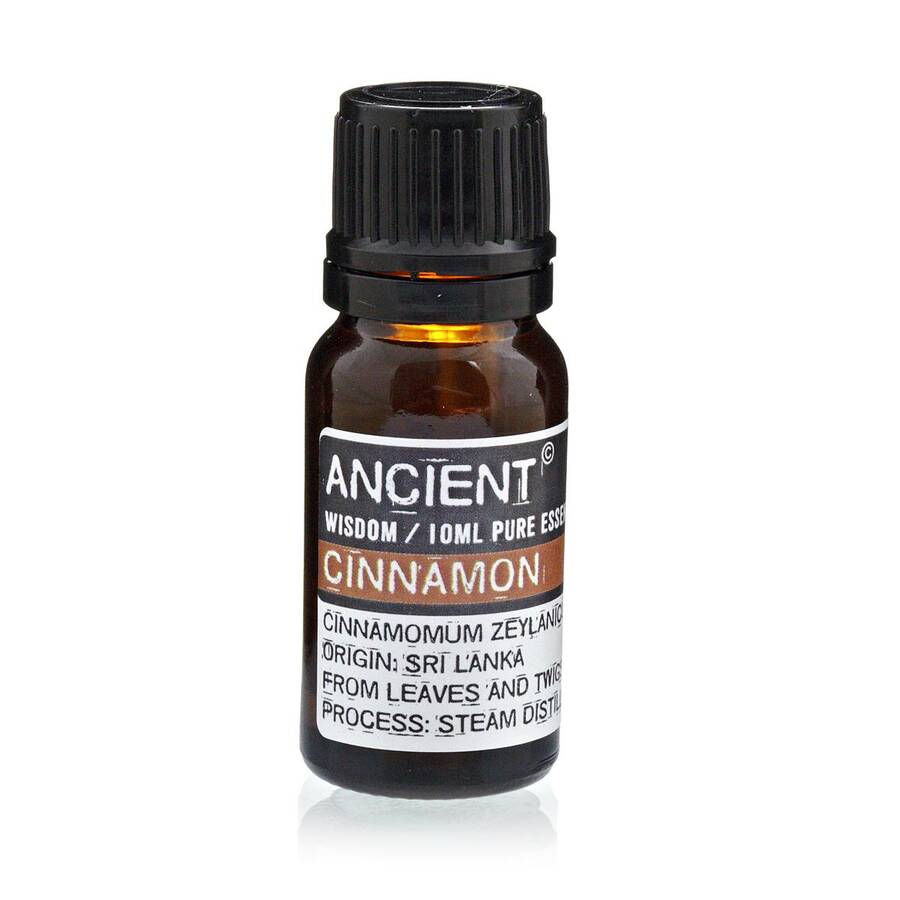



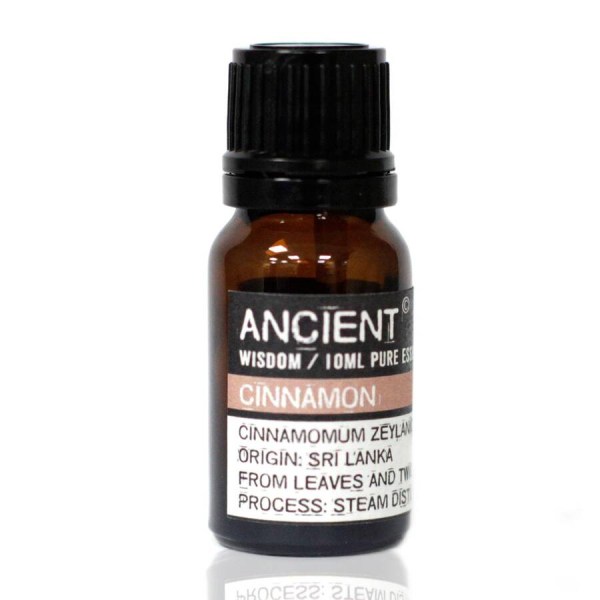
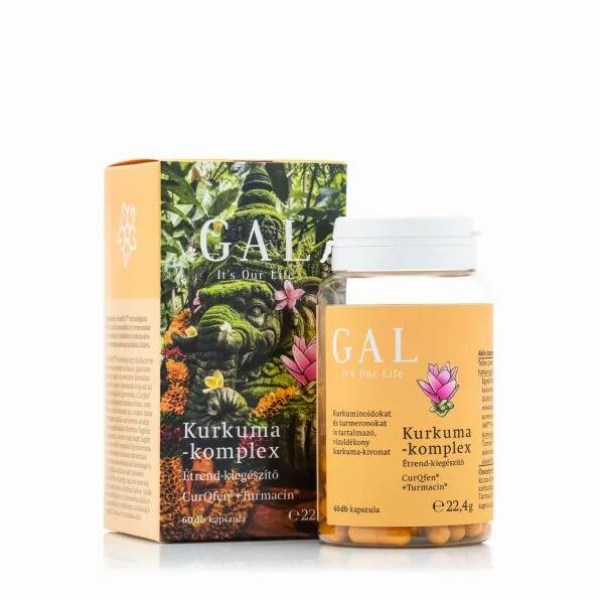



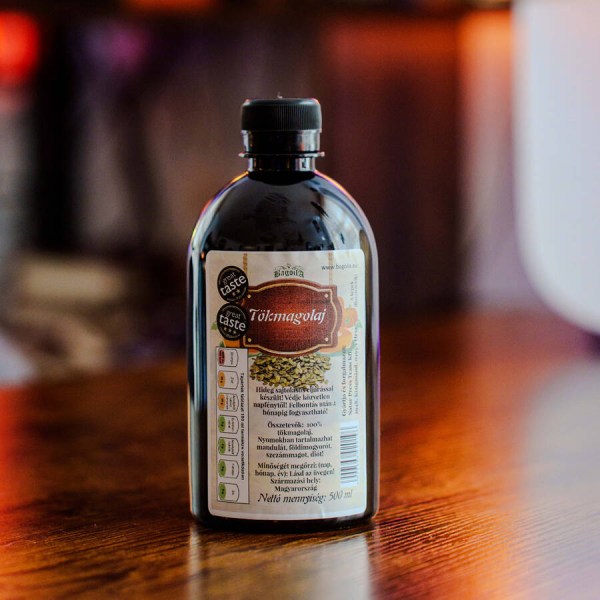
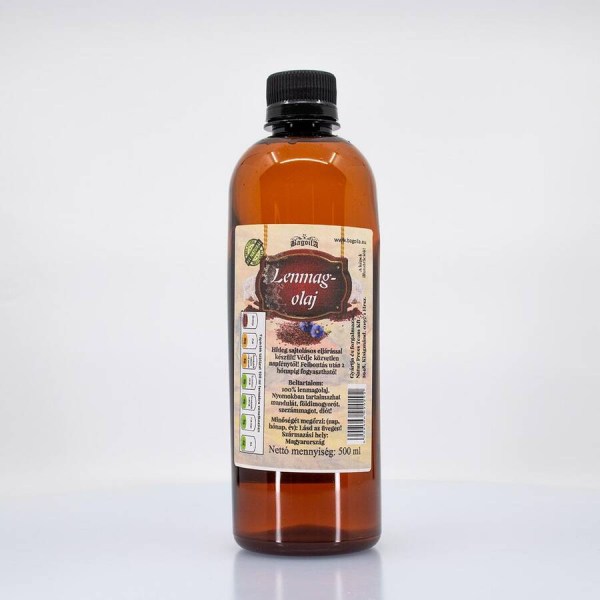
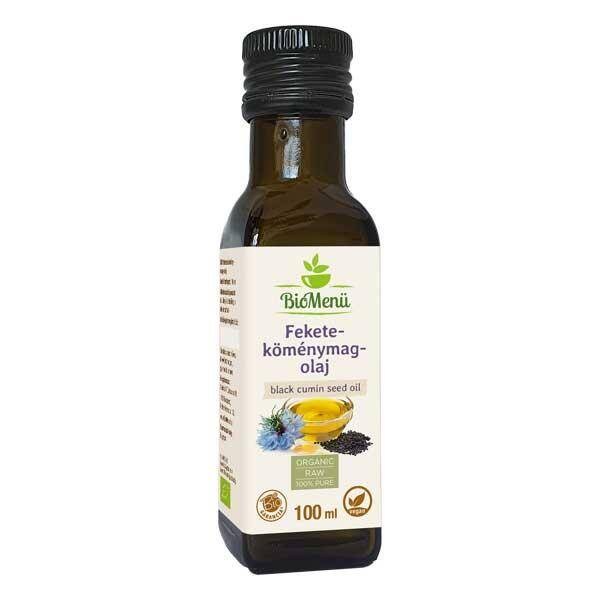



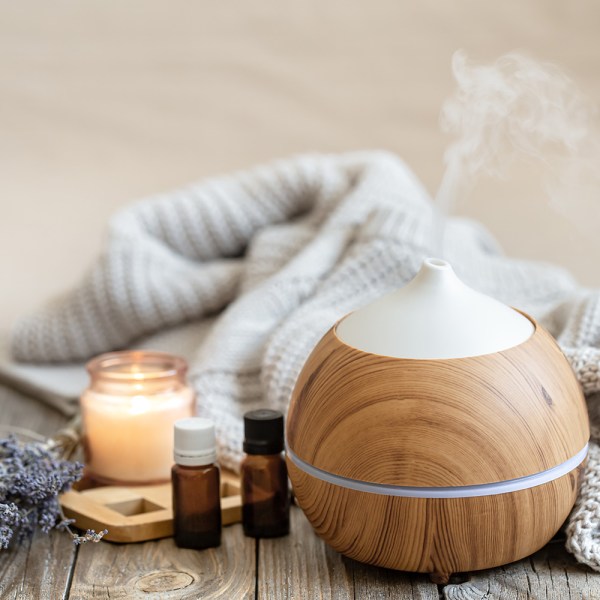

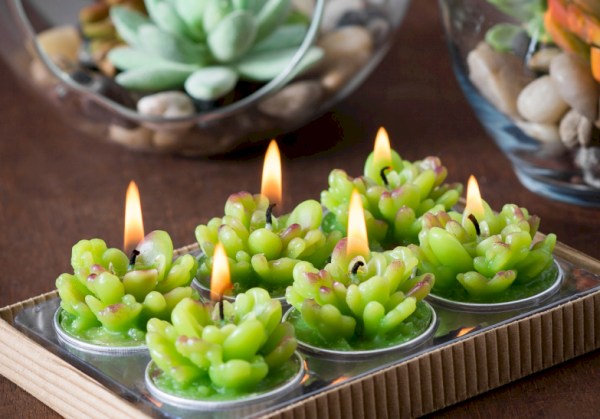

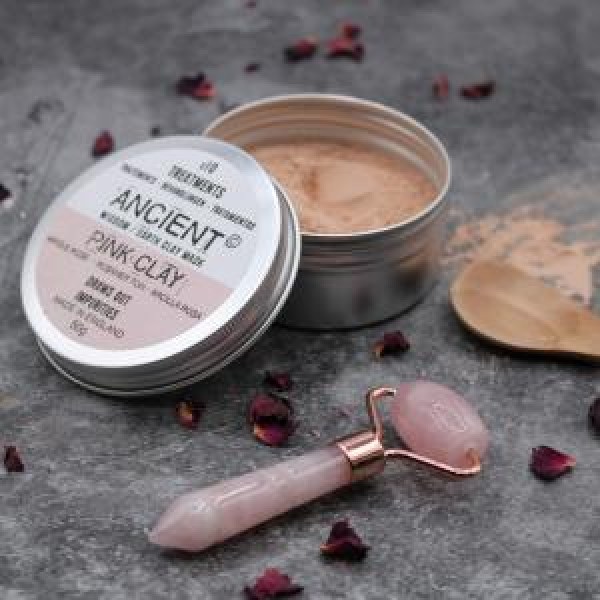
_600x600.jpg)



